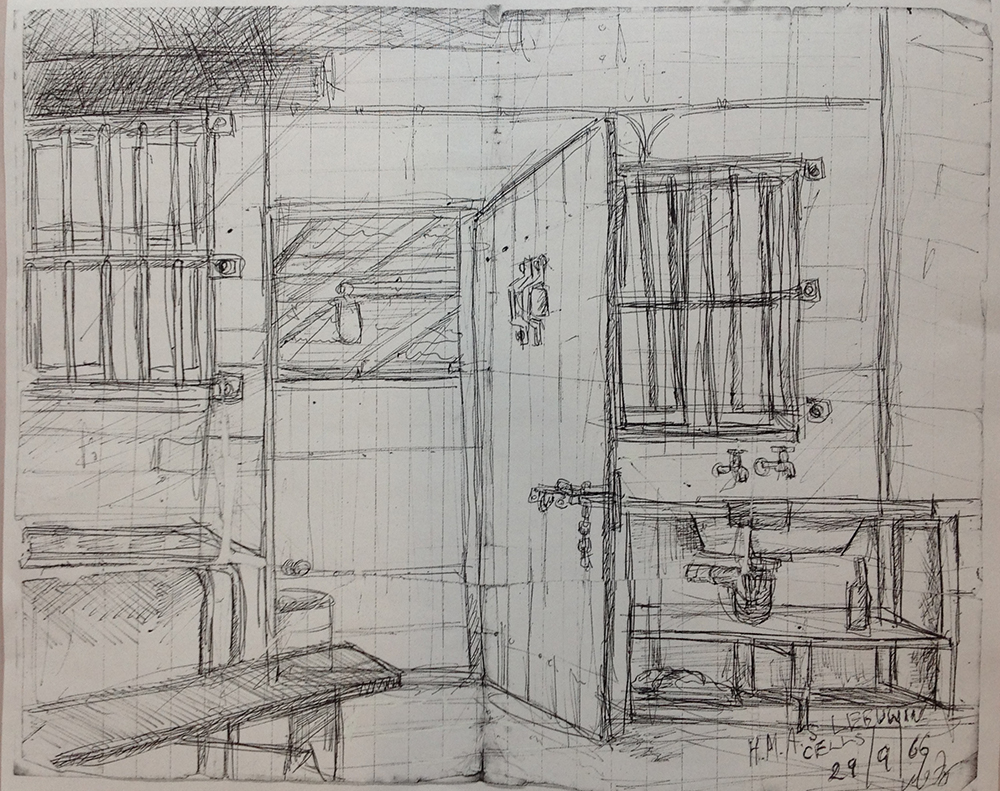About the artist
Merrick Fry is an Australian artist who was born in Bathurst in 1950. As a boy he was fascinated with books about the sea (such as Robinson Crusoe and Treasure Island). He made model sailing ships, canoes and left school at 15 to join the navy. This romance did not last long however, there were no fully rigged Clippers. Although he signed up for 12 years he was discharged within under 12 months (services no longer required). Disappointed though he was, he thought as a second choice perhaps he could be an artist. Throughout his career he still finds comfort in the making of ships and images of the ocean.
Merrick studied at East Sydney Technical College (now the National Art School) between 1970 and 1972. He was inspired by the rolling hills around his hometown and the experiences he had on his father’s family orchard. There is a tendency towards the philosophies of realism with the early works showing the marks and impingements of man on the country, not a romantic view. In the 1990s he was interested the work of the American Edward Hopper and the writer Raymond Carver. His exhibitions, Streets and Yards (1990), Ordinary Illuminations (1993) and House Work (1995), reflect these tendencies.
During the 19th century the French artists Chardin, Courbet, Manet and Cezanne introduced a more egalitarian approach to subject manner. Fry interprets this by using the domestic household as a rich source for depicting his children as they grow.
In 1985, Fry wrote and illustrated Stick in the Mud which is a guide to building a low-cost mud house with recycled materials. This gathering of discarded objects has continued with a wide range of materials going into his sculptures. Braque’s Cubist works influenced exhibitions like Things in Wood (2000) and more recently The Charmers Picnic (2015).
He has always stressed the importance of drawing to sharpen perception and this has linked his multiple ways of working between painting, sculpture and installation.
Around 2000, Fry commenced some large paintings on linen (Studio at first Light - Sunstroke and Caterina with Leonardo ). The attempt with these was to put multiple time periods into the one work. During our day we are in the reality of the moment but then we can have a memory of the past. So our realities are complex. In literature, the writing of Gabriel Garici Marquez (One Hundred Years of Solitude, 1967) was called, Magical Realism and that seems close to any explanation. It's important to point out that he is not thinking of fantasy or Surrealism he would feel that these conventions don't convey the reality he is seeking.
‘I am still working on some of these works today and feel perhaps the idea is not possible to resolve visually. In literature the imagination is more fluid and when this is put into visual forms it perhaps loses its magic ‘
He is involved with his local community, participating in the Wooly Mammoth campaign in 2010 and the annual Annandale Heritage Festival.
Images:
- Spanish Galleon (Arcady) , Balsa Wood , 44x23x13cm. 1963
- 3 photos : 14 foot canoe; 7 foot canoeFry a H.M.A.S. Leeuwin 1966
- Drawing in biro from inside cells before discharge from Leeuwin 21x26cm
- Fruit Box Label ( 1960s)




